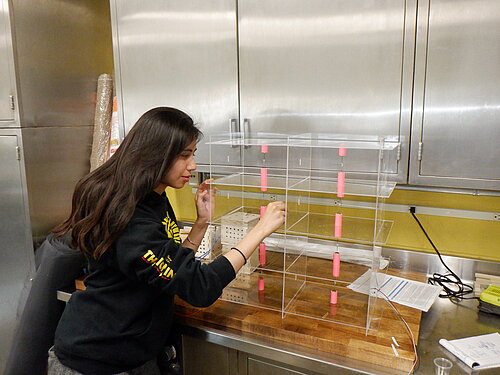
Ongoing work
The lab currently focuses on the short-, long-term and transgenerational effects of hormesis. We aim to understand whether the effects of hormesis are transitory or long-lasting.
Are the effects of hormesis long lasting enough to positively affect future generations?
Can hormesis continue to improve performance generation after generation or does a biological/energetic limit exist?
Is the cost of hormesis always paid by the treated/parental generation or can it be split with future generations? And if so, how many generations pay for it?
To answer these questions, we work with a series of different agents:
chemical
water balance (dehydration, rehydration, and overhydration)
temperature (low and high)
radiation (gamma, X-ray, and ultraviolet)
gases (hypoxia, anoxia, hyperoxia, hypercapnia, hypocapnia)
and many different systems:
Drosophila melanogaster
Tenebrio molitor
Megachile rotundata
Trichoplusia ni
Manduca sexta (among others).
We are also focused on understanding the cost of hormesis and to that end have found that fecundity and fertility are common costs in cabbage looper moths, mealworm beetles, and alfalfa leafcutter bees. Additionally, there are developmental delays experienced by the treated (parental) and untreated (F1) generations.
We are running experiments to try to improve pollination services using hormesis following a long overwintering (diapause) period.



